Size Matters: Overcrowded Classrooms at B-CC
Attending class becomes harder when you can barely fit one foot past the door.
Look inside a B-CC classroom and you might see it crammed with upwards of 30 kids and a defeated teacher attempting to navigate around the chaotic room.
According to B-CC students, overcrowded classrooms are a well-known struggle encountered throughout the years. Parents and administrators typically correlate smaller class sizes with more one-on-one attention from teachers and comprehensive academic engagement. In larger classes, students often have to resort to disruptive behavior to receive any attention at all.
However, this is not unique to B-CC. Grace Denny, a junior at Albert Einstein High School, stated, “I find it difficult when in my stats class…there is an overpopulation of student-to-teacher capacity. From what I know at my school, there is an overabundance of kids in more on-level classes compared to specialty classes.”
B-CC junior Meher Chopra echoed this sentiment, noting that in her larger classes, she found it “more difficult to build relationships with the teacher and peers, making a more stressful environment.”
In a smaller class, there is an added sense of community that larger classes simply cannot provide, including the open conversation space and the ability to ask questions that would have previously been lost in the chaos of a bigger classroom. Mr. Kdouh, B-CC’s Arabic and ESOL teacher, stated, “My class size is ideal right now. I usually prefer classes that have a max of 15 kids, as I can properly allot my time to all of them, and give the guidance and attention they need to master the language.”
However, the system does not encourage, or even allow for, smaller class sizes. If there are only 15 enrolled students, the class probably won’t run, especially if it is an elective. In extreme cases, classes cut off at roughly 34 students per period, but the increase in student population has made larger classes all the more commonplace.
Mrs. Koplowitz, an English 11 and AP Lang teacher, mentioned, “I’ve absolutely had classes rostered with more students than desks; this has happened at B-CC, at other MCPS schools, and when I worked in DCPS…Building services usually will bring enough desks before the first day of class. But, having enough desks doesn’t resolve the issue of having too many students in a class.” Graduation and accreditation requirements can incentivize larger classes as a more efficient means of education, adding to overcrowding in classrooms.
However, a larger class generally equates to an enhanced workload for the teacher, making it inherently more difficult to teach effectively. At the end of the day, the school official with authority over the capping of class sizes and section distribution is Ms. Adamson, one of the assistant principals at B-CC.
“There is the financial aspect where public schools do not have as many resources as prestigious private schools,” commented Ms. Adamson. “When we go to the root of the problem, there are simply not enough resources for the abundance of kids in our system.”
Regardless, too many cooks spoil the soup. In this situation, having 30 people trying to use the stove makes cooking that much harder.
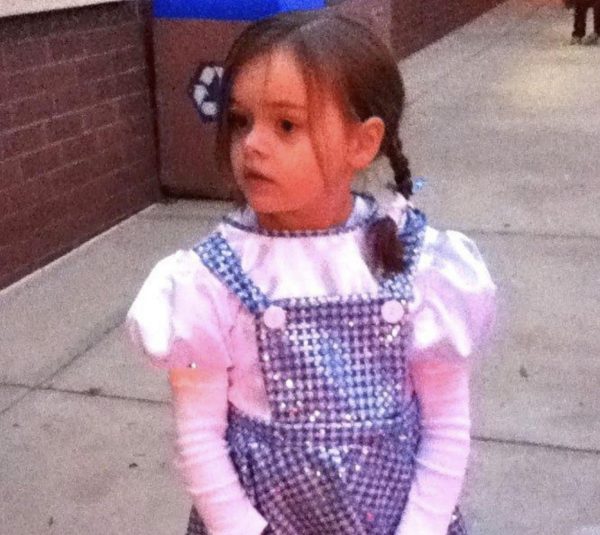
Lucy Dahl, a B-CC senior, serves as a Tattler writer and specializes in Opinion and Features. She hopes to someday be a travel journalist and live somewhere...


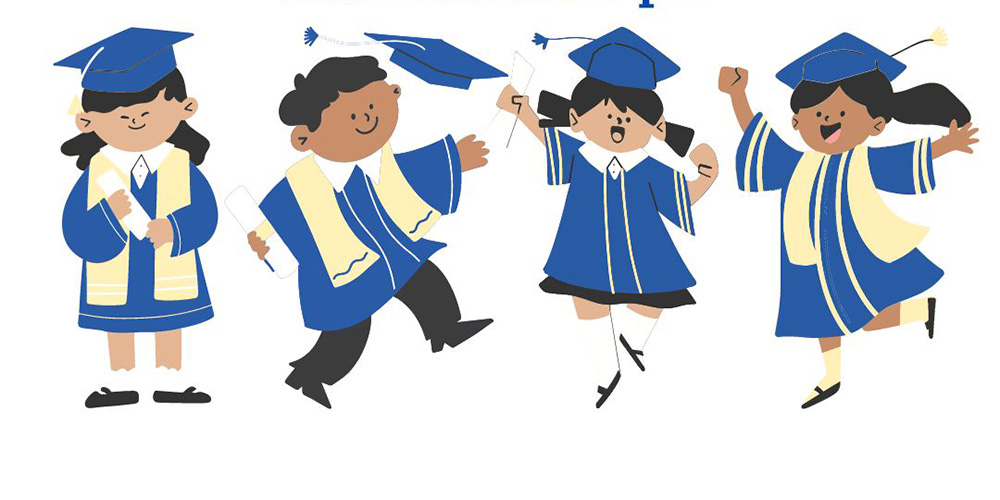






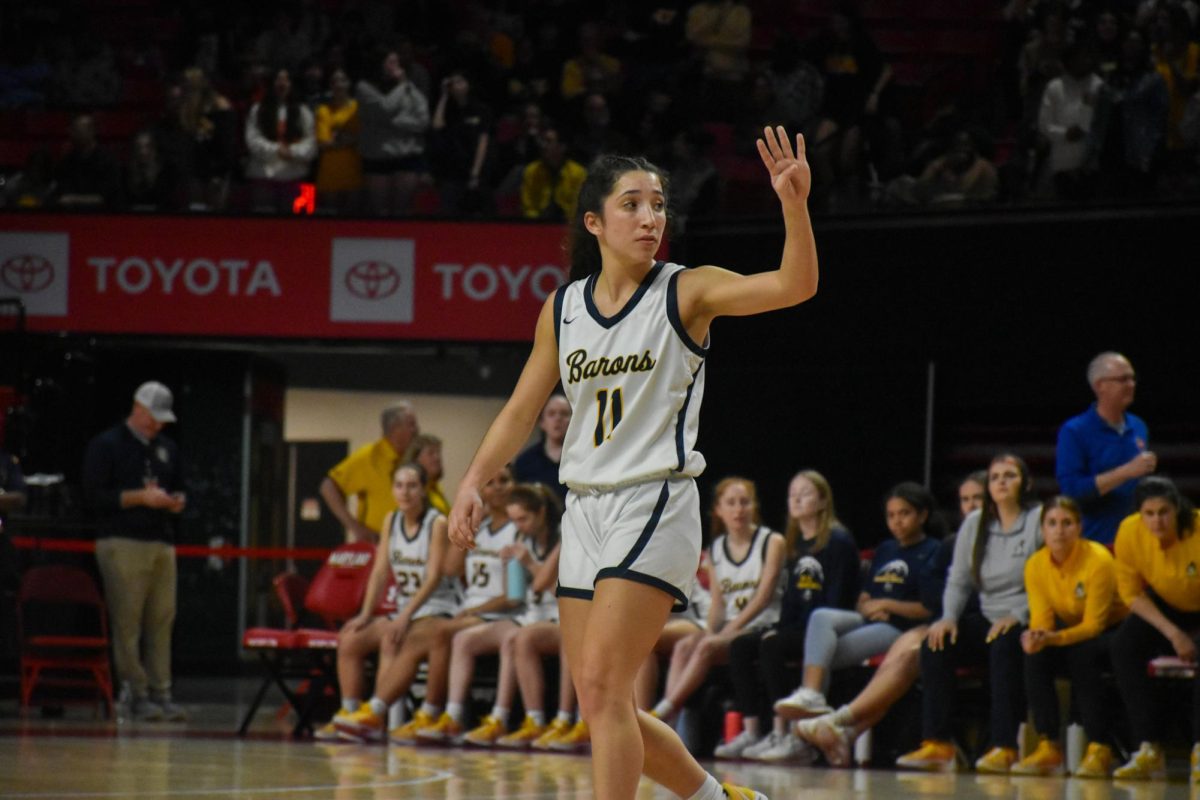


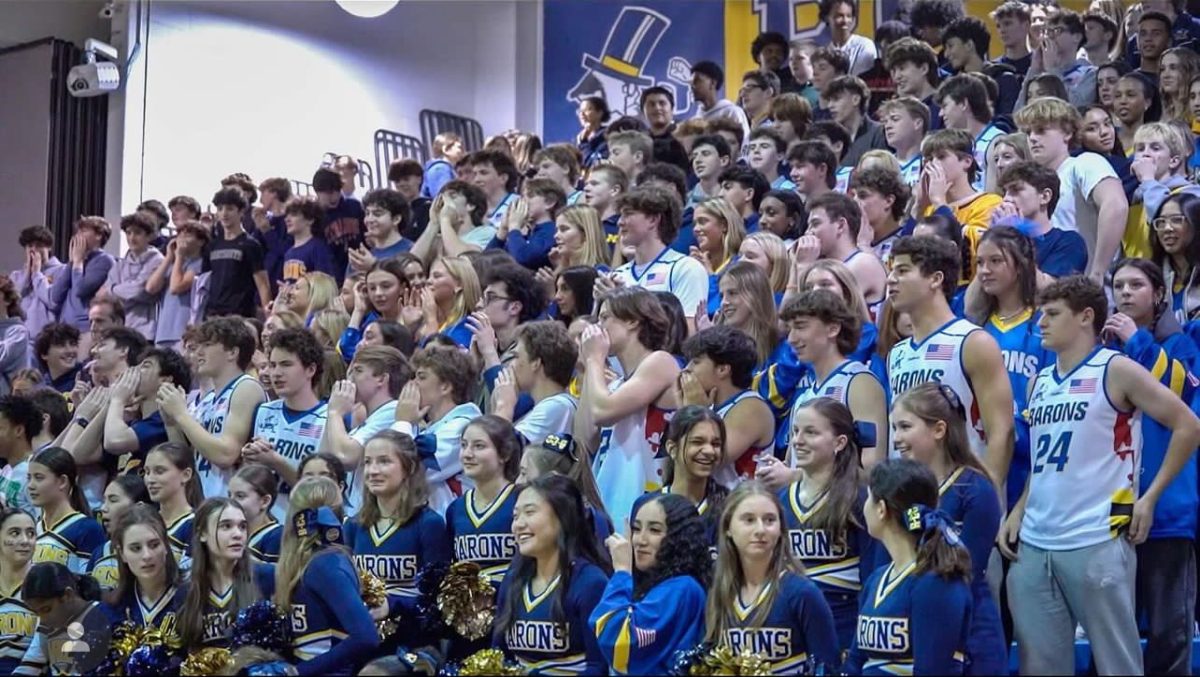

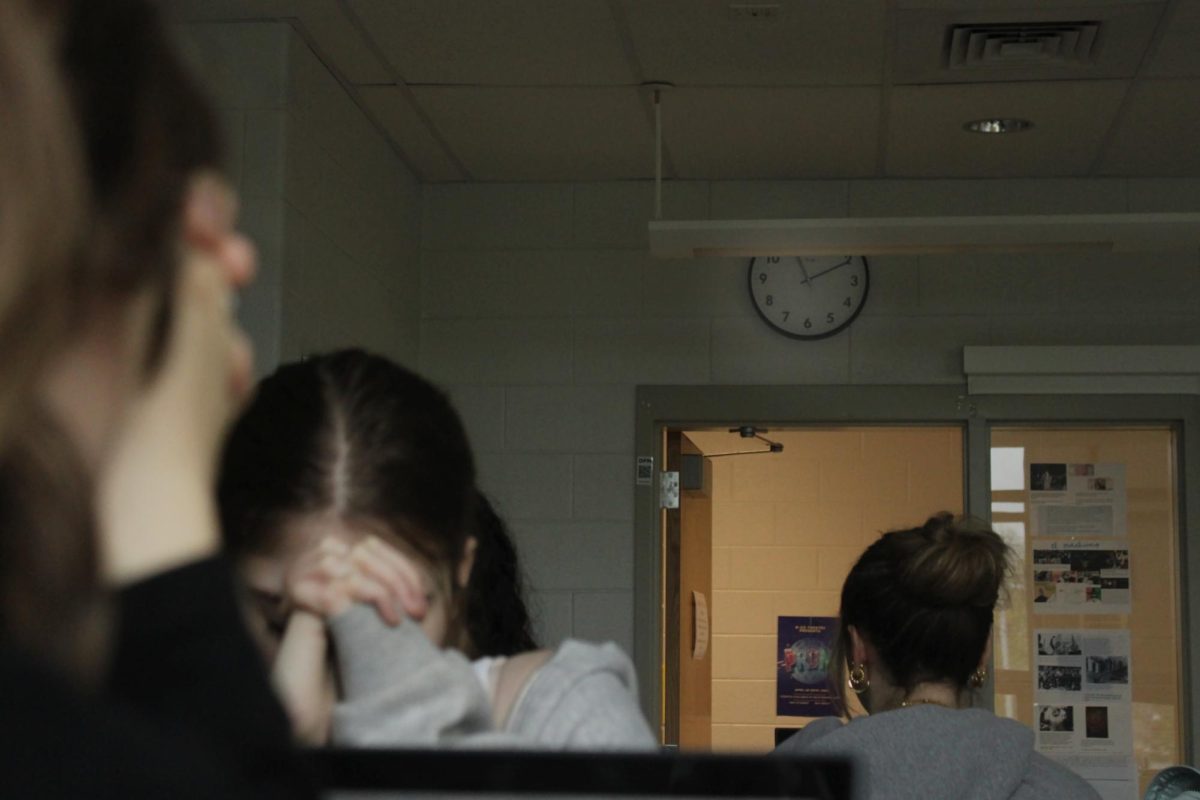










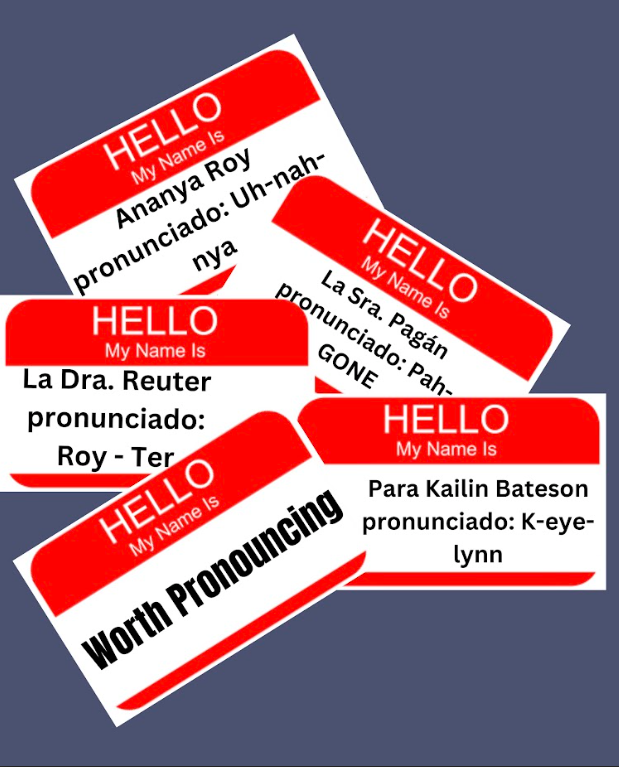











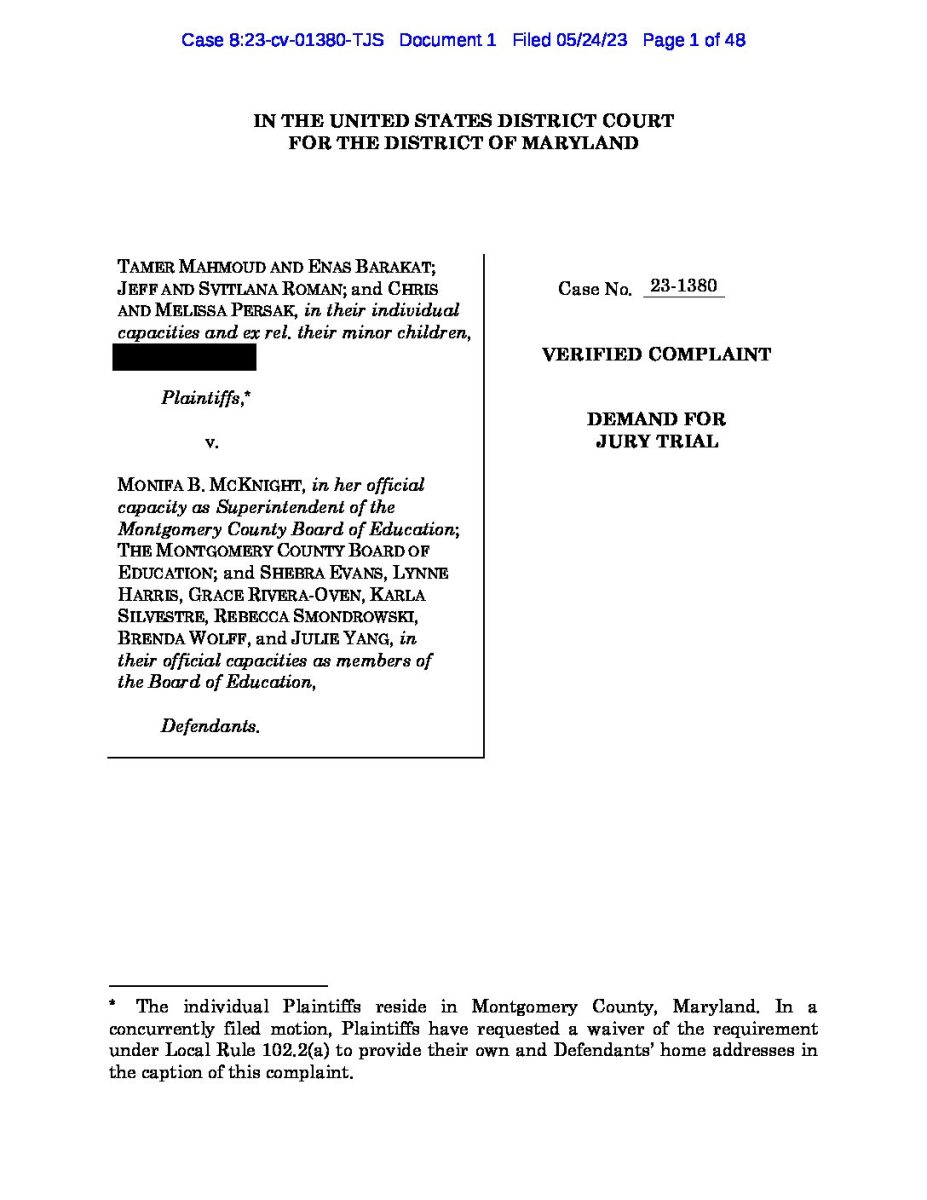

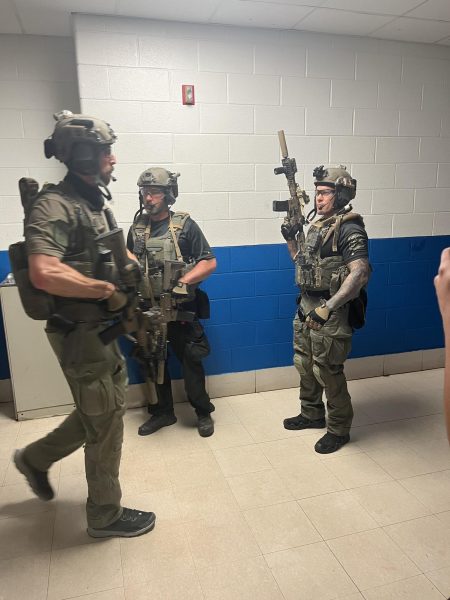


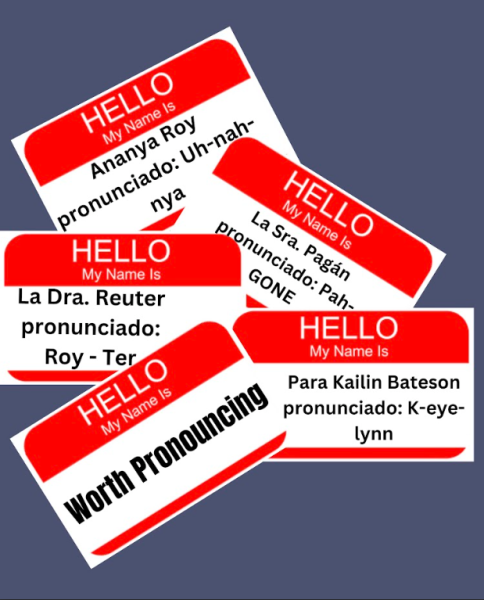





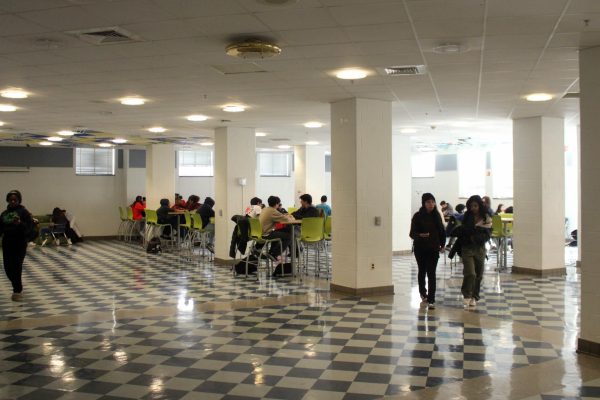
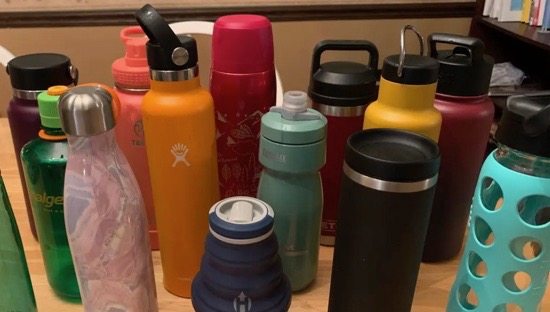
Chiara • Jan 20, 2023 at 11:11 am
So true. In my math class it feels like everything’s simultaneously going too fast and too slow because it takes ages to coordinate the 30+ people we have crammed into the class into being quiet and listening
Sara • Jan 20, 2023 at 9:54 am
This is so true Lucy, I remember one year my teacher gave up her desk to have an extra desk.
Kristine Roque • Jan 20, 2023 at 9:51 am
Reading this article was very educational and reading through Ms. Koplowitz’s quote really shows how teachers feel about the size of their classrooms.